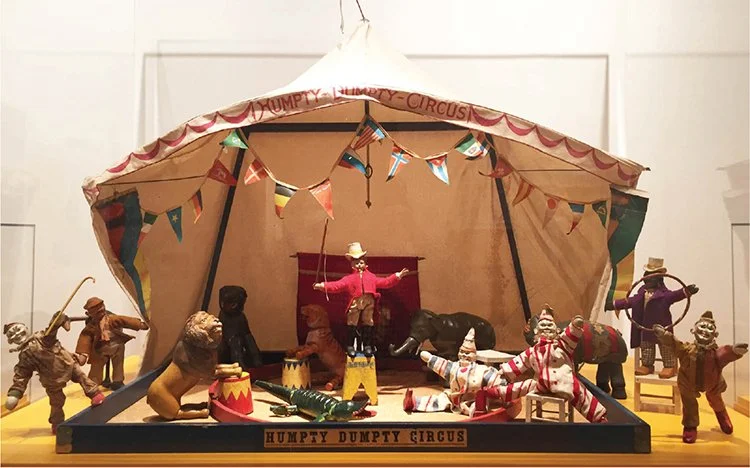“Toying with early cinema: Media Studies in the Children’s archive”
Journal of Cinema and Media Studies 60:4, Summer 2021.
Scholars researching early cinema commonly turn to eclectic constellations of evidence to reconstruct history, particularly when films have been lost or destroyed. The constraints associated with the materials on which such scholarship relies (such as promotional or industrial sources) challenge researchers to identify new sources and modes of analysis. This essay demonstrates one such extension of the early cinema archive through the examination of toys and early animation. Building upon work at the intersections of childhood, material culture, and historiography, this essay will explore how playthings found in the collections of the Philadelphia History Museum and the New-York Historical Society connect nineteenth-century optical devices with early twentieth-century screen culture, establishing these toys’ position within the media archive. Tracking recurring motifs and formal traits through media ranging from the phenakistoscope and zoetrope (ca. 1830s-60s) to toys such as Albert Schoenhut’s Humpty Dumpty Circus (1903), onward to films such as Dreams of Toyland (Dr. Arthur Melbourne-Cooper, 1912), this contribution argues that toys offer a particularly productive analytic for the study of historical children’s media culture. Further, it contends that the centrality of toys within early animation points more broadly to material culture study as an underutilized avenue of exploration in film history.
